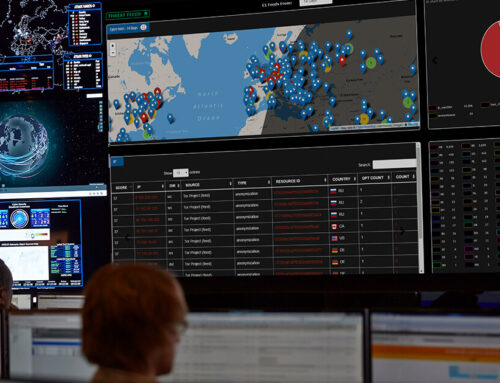The Major League Baseball World Series finished up recently, and it is always a big deal in my house because I played the sport for many years. When I was a varsity baseball pitcher in high school, I couldn’t imagine pitching a game without being fully aware of everyone and everything on the field—the score, inning, strike count, outs, and runners at any given moment. Awareness is crucial, because when I threw the pitch, my readiness to react could significantly affect the outcome of the game.
Situational awareness meets hyperconverged infrastructure
Awareness, by definition, is about understanding one’s environment, dynamics, variables, and current and potential future state. It’s safe to say that a good understanding of what’s going on around you is critical to success in business, as it is in most endeavors.
In the data center, the need for situational awareness is critical. Not only is it vital for IT to know what is going on in all aspects of the data center, it is important that they be able to anticipate potential events and know how they will react.
This is especially true for the network. Today’s applications and workloads place enormous demands on IT infrastructure and it is critical to the success of the business that there is real-time visibility, awareness, and management of network performance. The only way the business can achieve this level of situational awareness is with a software-defined network.
Hyperconverged infrastructure (HCI) is a perfect example of technology that could benefit from intelligent software-defined networking. Enterprises are introducing HCI to accelerate the pace of innovation, bring costs down, and streamline operations. Consolidated compute and storage resources go a long way to achieving those goals, but legacy network technology can impact performance. For example, with a traditional networking architecture, setting up the infrastructure to support new applications can take days or even weeks.
Intelligent, workload-aware networks can handle the on-demand services, dynamic workloads, and diverse traffic flows of the contemporary data center. By treating the network as an integral component of a hyperconverged system—with unified administration and automated provisioning—IT organizations can bring cloud agility, scalability, and simplicity to the enterprise data center. This means that the fabric is not just a collection of pipes for transporting data. Instead, it is an intelligent network that is aware of the infrastructure and able to recognize and respond to specific events. This level of awareness includes understanding the criticality of certain workloads, and in turn identifying and isolating that workload to guarantee performance.
HPE Composable Fabric delivers network awareness through tight integrations at the application programming interface (API) level. Because Composable Fabric is under software control, workflow logic can automatically discover information HCI clusters, VMs, and cluster nodes (i.e. awareness), and then automatically provision resources.
Your network, like a baseball team, will perform more effectively if it knows what to do and exactly when to do it without waiting for manual intervention. HPE Composable Fabric delivers awareness of your underlying infrastructure and is the key to automation, simplicity, and reduced costs in the data center.
Destination url: http://hpecl.co/4PaIhVL






